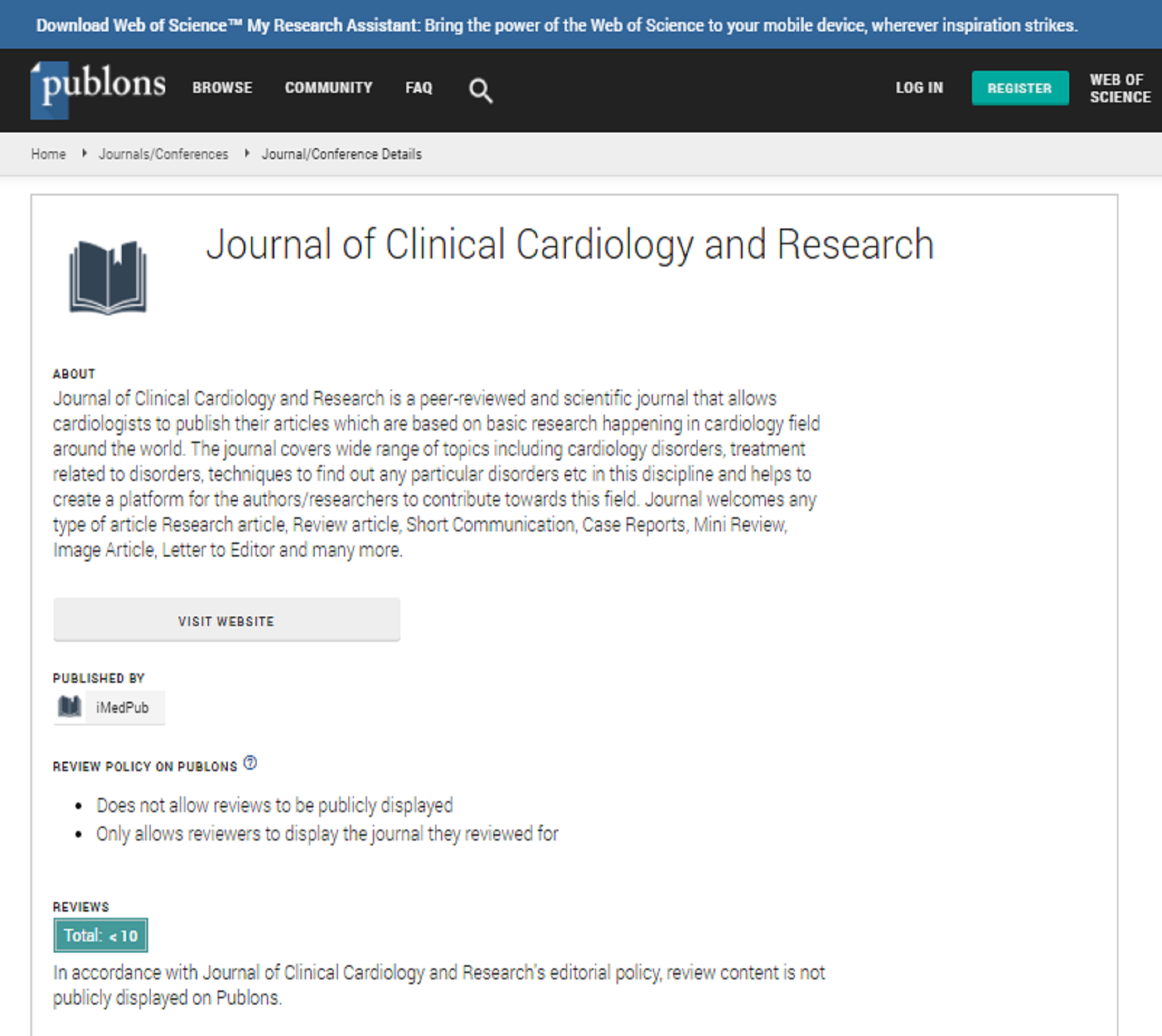Abstract
Effect of tobacco chewing on aerobic capacity and cardiovascular functions among asymptomatic adults
Smokeless tobacco has been advocated as a substitute for cigarette smoking. In India, tobacco is used in several forms such as pan, dried leaves, paste, and tobacco with lime. The word Charotar stands for the area of golden leaves. It produces about 75,000-90,000 tone tobacco a year. Prevalence of smokeless tobacco use among adults in India in 2012 is 32.9% male and 18.4% female. Cardio respiratory endurance is a fundamental component of physical fitness. While maximal oxygen uptake is the gold standard for quantifying cardio respiratory endurance, the Three-Minute Step Test (TMST) is a relatively quick and easy test for measuring the cardio-pulmonary fitness and functional endurance. Objective of the study was to find out effects of tobacco chewing on aerobic capacity and cardiovascular function among asymptomatic adults. 100 participants had taken part in this cross sectional study and were divided in to 2 groups. Group 1 included non-tobacco chewers and group 2 included tobacco chewers. At the beginning and at the end of the test HR, SBP and DBP were taken respectively for both groups. VO2 max was calculated at the end of the test. Independent t- test of aerobic capacity and cardiovascular function was done at the end of TMST between two groups. We found significant difference in VO2 max, HR, SBP and DBP between tobacco chewers and non-tobacco chewers of 0.000 (p<0.05).TMST has been found to be effective in measuring functional endurance in tobacco chewers. Here by we conclude that tobacco chewing reduces aerobic capacity as well as on cardiovascular functions
Tobacco use is linked with many serious illnesses, such as cancer, cardiopulmonary diseases, as well as with many health problems. Every year, the use of tobacco products causes a heavy toll of deaths and severe human disease worldwide. One of the many health problems linked to tobacco use is its detrimental impact on oral health.
(p<0.05).TMST has been found to be effective in measuring functional endurance in tobacco chewers. Here by we conclude that tobacco chewing reduces aerobic capacity as well as on cardiovascular functions
Tobacco use is linked with many serious illnesses, such as cancer, cardiopulmonary diseases, as well as with many health problems. Every year, the use of tobacco products causes a heavy toll of deaths and severe human disease worldwide. One of the many health problems linked to tobacco use is its detrimental impact on oral health. Tobacco causes a whole series of oral health problems, ranging from life-threatening (precancerous changes leading to oral cancer) and serious (periodontal disease, teeth decay) to social (bad breath). Tobacco is consumed through the mouth in a variety of forms, varied from smoked tobacco to smokeless tobacco chewing on itself or combined with areca nut. All these forms of tobacco have damaging effects on the oral health. The most significant preventive measure to prevent the oral health problems caused by tobacco use is to stop using tobacco products. The risk of developing oral cancer drops rapidly when a smoker ceases tobacco use. After ten years of not using tobacco, an ex-smoker/user’s risk of oral cancers is about the same as that for someone who has never smoked. To stop using tobacco products is not an easy task. Fortunately, there are a number of therapies available to assist in quitting of tobacco. It is important to remember that, while it will be difficult, ceasing to use tobacco has immediate health benefits, including increased life expectancy and reduced risk of tobacco related diseases and conditions.
Memoir:
Hetshri Shah has completed her MPT in Cardio Pulmonary Diseases and Intensive Care Unit from Rajiv Gandhi University of Health Sciences, Bangalore. She is an Assistant Professor and In-charge of cardiopulmonary physiotherapy department at Ashok and Rita Patel Institute of Physiotherapy (ARIP), India.
Author(s): Hetshri Shah Tulsi Patel Dhrashti Patel Bansari Patel
Abstract | PDF
Share This Article
Google Scholar citation report
Journal of Clinical Cardiology and Research peer review process verified at publons
Abstracted/Indexed in
- Google Scholar
- Publons
Open Access Journals
- Aquaculture & Veterinary Science
- Chemistry & Chemical Sciences
- Clinical Sciences
- Engineering
- General Science
- Genetics & Molecular Biology
- Health Care & Nursing
- Immunology & Microbiology
- Materials Science
- Mathematics & Physics
- Medical Sciences
- Neurology & Psychiatry
- Oncology & Cancer Science
- Pharmaceutical Sciences

